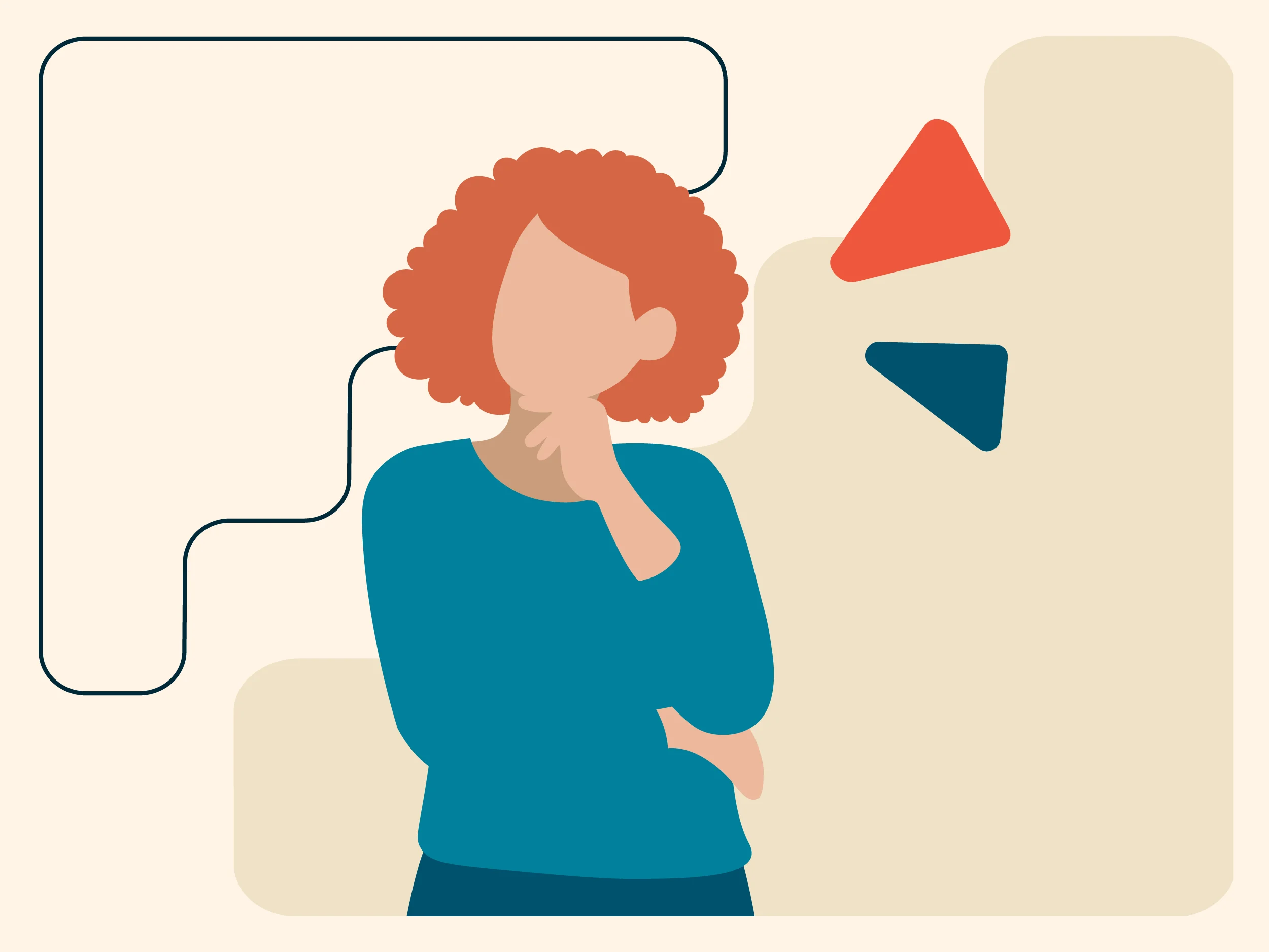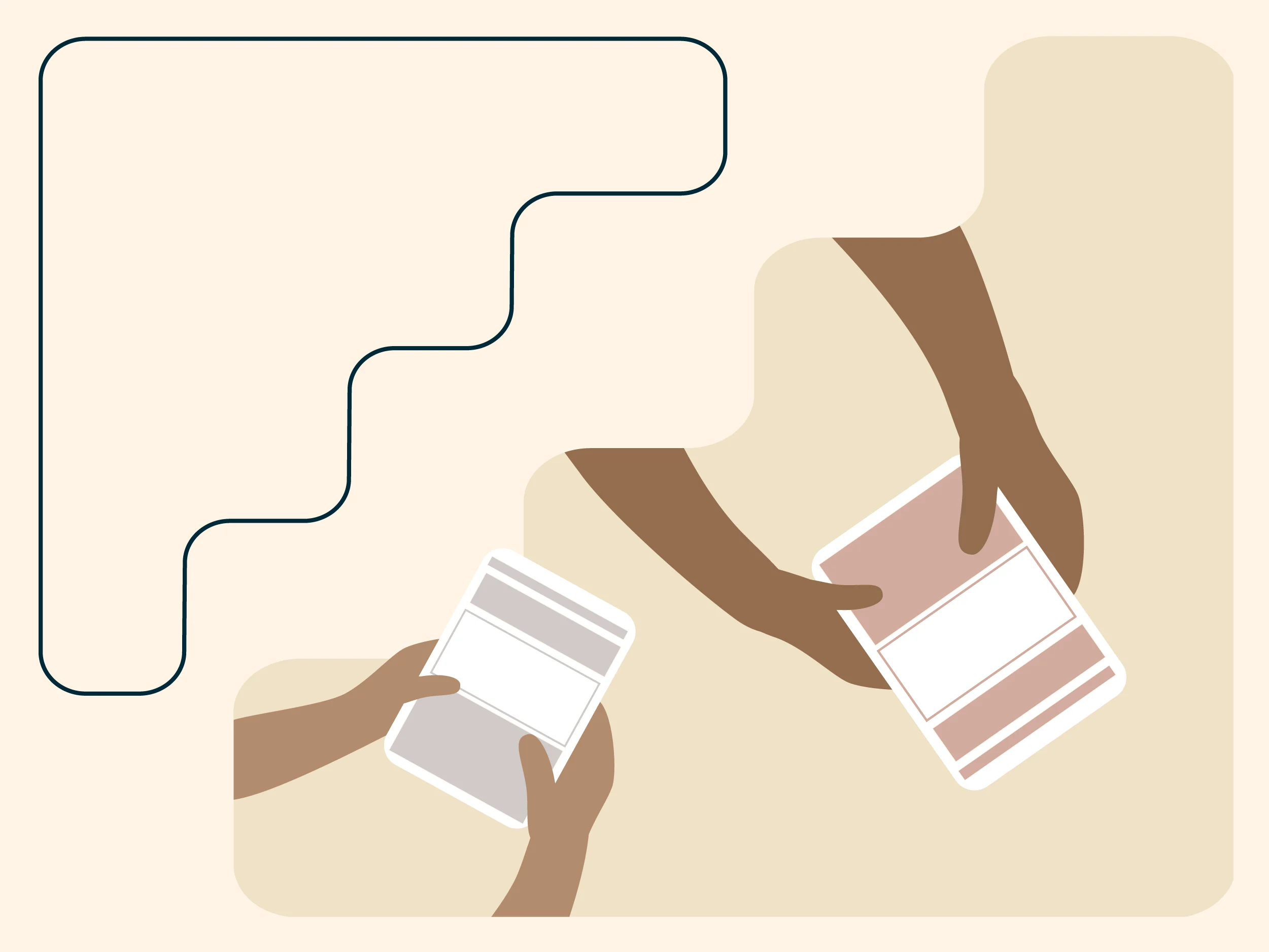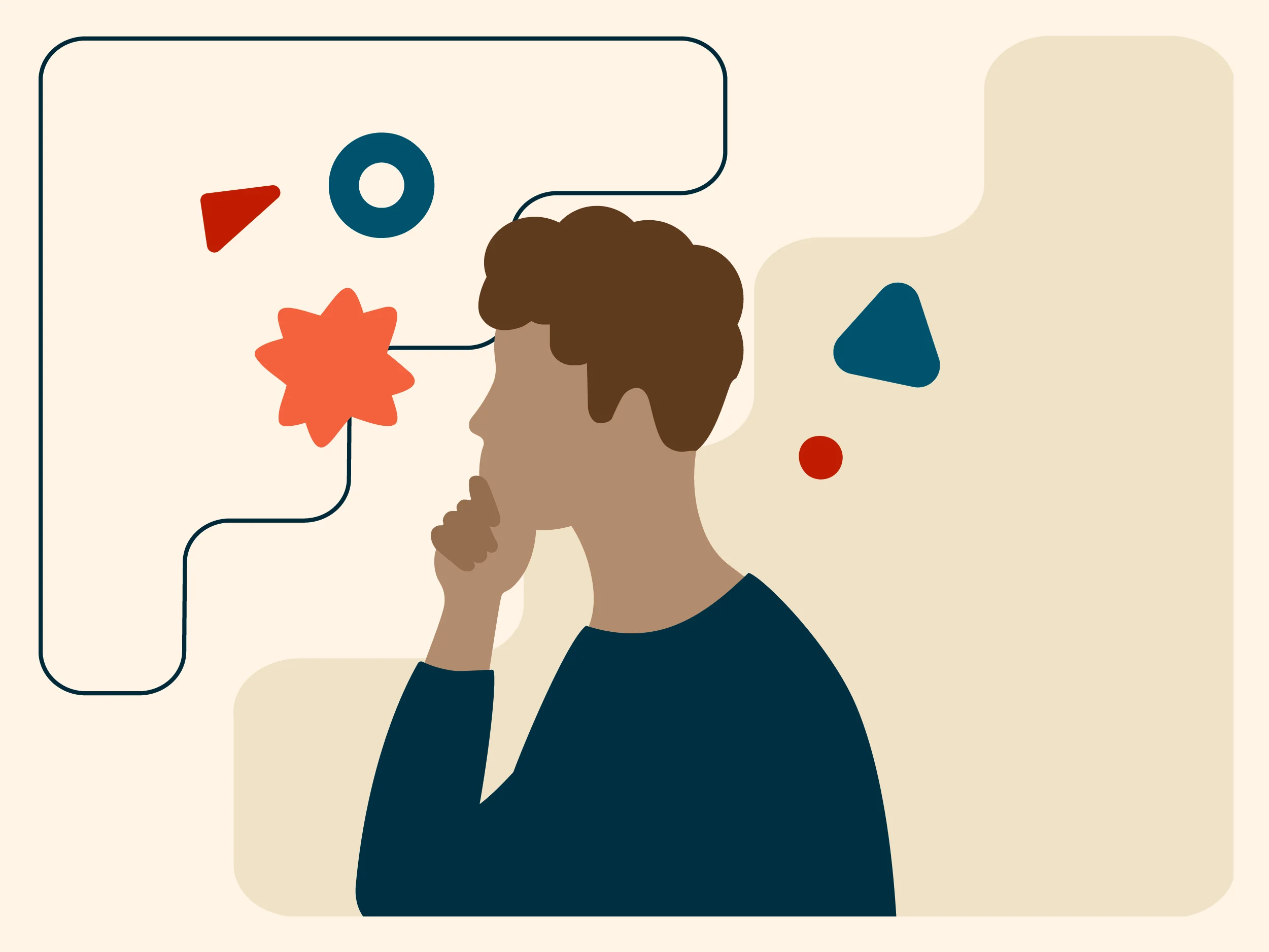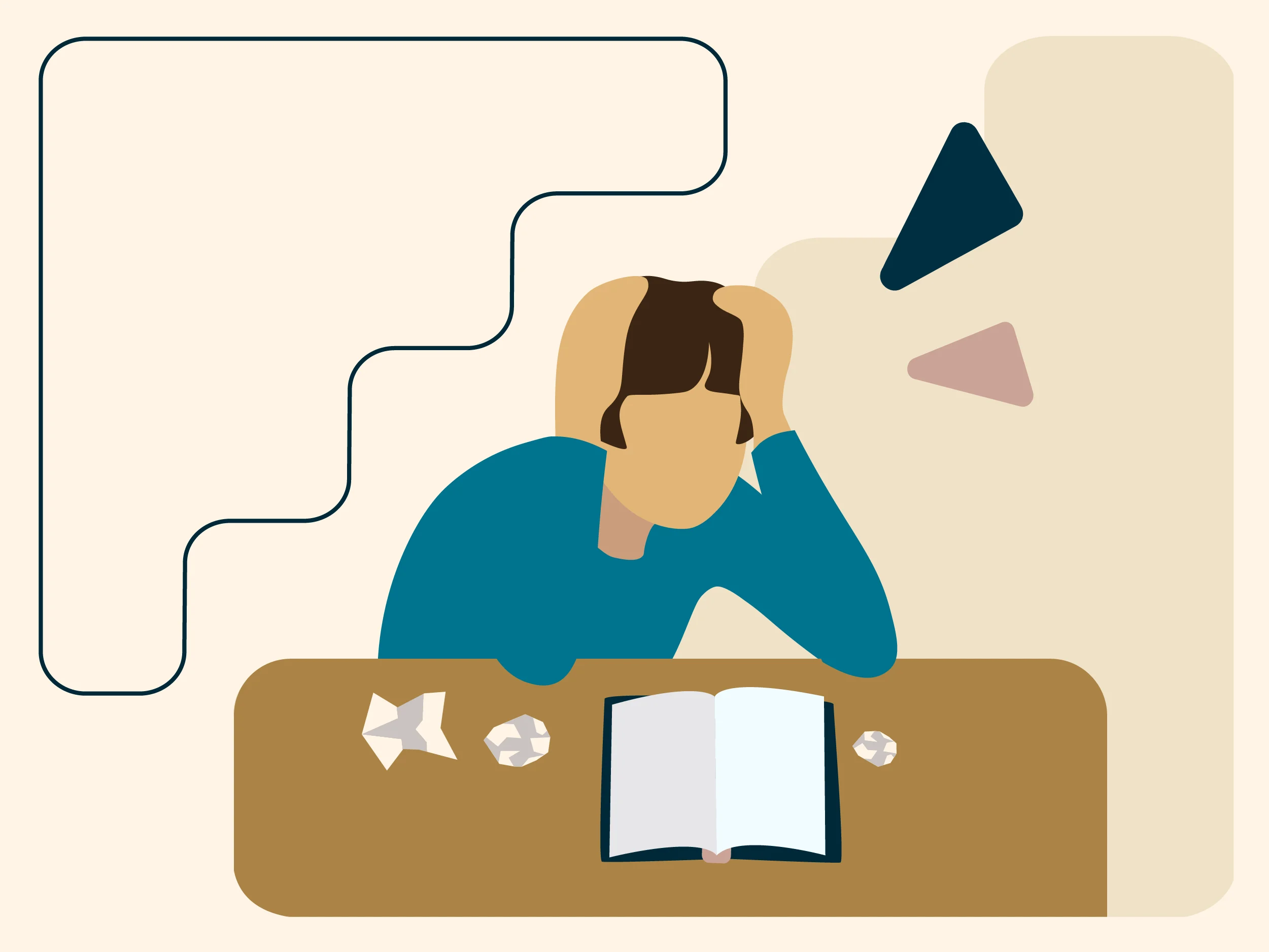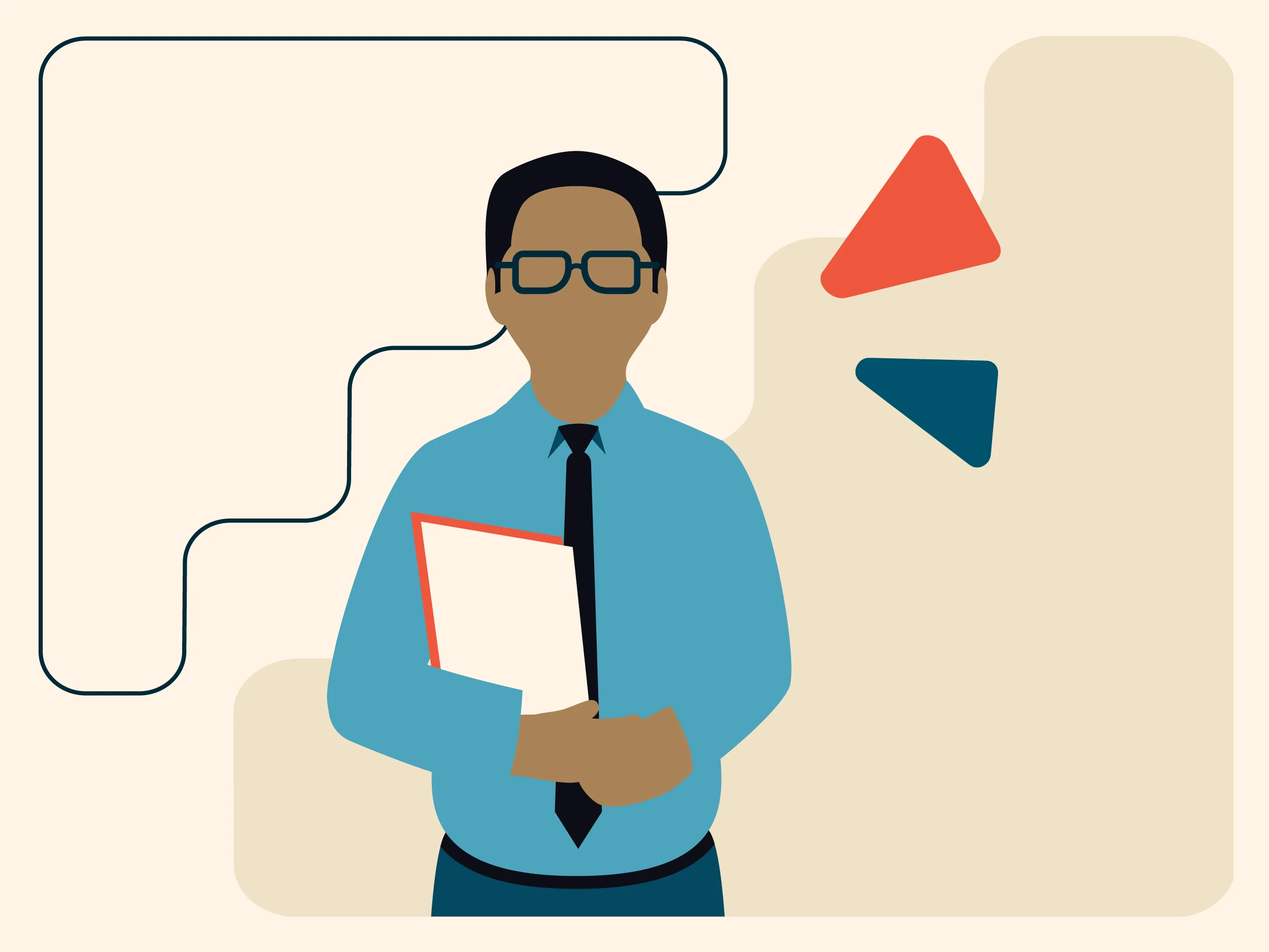Stay in the know
All our latest podcasts delivered right to your inbox.
There are 13 disability categories listed in a federal law called the Individuals with Disabilities Education Act, or IDEA.
And to get an IEP, or Individualized Education Program, your child will need to fit into at least one of them.
These categories can have some hard-to-understand names, like “specific learning disabilities” or “other health impairments.”
But on this episode of Understood Explains, host Juliana Urtubey will share what these categories mean and why they relate to IEPs. She’ll also share what to do if your child doesn’t qualify for any disability category, or if they qualify for more than one.
For more resources, including a transcript formatted for easy skimming, visit the episode page on Understood.org.
Timestamps
[00:43] Why do IEPs have disability categories?
[02:42] What are the 13 disability categories in IDEA?
[07:21] Are disability categories the same in every state?
[09:28] Can my child’s IEP include more than one disability?
[10:32] What if my child doesn’t qualify for any disability category?
[11:43] Key takeaways
Related resources
13 disability categories (explainer article with infographic)
Template to request an independent educational evaluation at public expense
Episode transcript
Juliana: To get an IEP, kids need to meet the criteria for at least one disability category. But what if your child fits into more than one or doesn't fit into any?
From the Understood Podcast Network, this is "Understood Explains IEPs." In this episode, we're going over the disability categories that schools use when deciding if a child qualifies for special education. My name is Juliana Urtubey and I'm the 2021 National Teacher of the Year. I'm also an expert in special education for multilingual learners, and I'm your host for this season of "Understood Explains," which is available in English y en español. OK, let's get started.
[00:43] Why do IEPs have disability categories?
Why do IEPs have disability categories? So, before we look at the specific categories, I want to explain why schools use them. The key word here is eligibility. Your child can't get an IEP, an Individualized Education Program, unless they meet the criteria for at least one disability category. This requirement comes from the Individuals with Disabilities Education Act or IDEA.
This law has 13 disability categories, and as a parent, you'll encounter these categories when you go to your child's eligibility determination meeting. The team will run through the categories and say if your child qualifies for any of them. You may hear the term Disability Classification. And for many families, this is a very emotional part of the meeting. It can be hard to hear that your child has a disability, but you can always ask for a short break to collect your thoughts.
We're going to go over each of the categories in a minute, but before we do that, there are a few big-picture things I want you to know about them. First, IDEA has 13 disability categories, but that doesn't mean it only covers 13 disabilities. The categories cover such a broad range that even the rarest condition could fit in somewhere.
Second, having these categories helps weed out kids who are struggling for reasons other than a disability, like missing a lot of school or having trouble learning English as an additional language. There are other ways to support these students but to get an IEP, kids need to have a disability.
The next big thing I want to mention is that some disability categories may come with more funding than other categories, but your child's disability category cannot be used to limit your child's services. Disability categories are gateways to special education, and your child just needs to fit through one of these gates to get access to whatever kind of specially designed instruction or services that they need.
[02:42] What are the 13 disability categories in IDEA?
So, what are the 13 disability categories in IDEA? I'm going to start with the four most common categories. And to help you understand how common they are, I want you to picture a pie that represents the millions of school-age kids with IEPs. And by far, the biggest slice of this pie is kids who have specific learning disabilities or SLDs.
About a third of kids with IEPs qualify for special education because they have a learning disability. And some common examples include dyslexia, which some schools may call a reading disorder or a specific learning disability in reading. Dyscalculia is a math disability or math disorder. There's also dysgraphia and written expression disorder, where kids may have a lot of trouble getting their ideas down on paper.
OK, so kids with learning disabilities make up about one-third of the special education pie. The second biggest slice is for speech or language impairments. Nearly one-fifth of kids with IEPs are in this category. This group includes a lot of kids who need speech therapy. This group also covers language disorders, which can make it hard to do things like learn new words or grammar rules or understand what people say.
But I want to mention that language disorders can also fall under the learning disabilities category. So, if your child has a language disorder, choosing the category can be a bit of a toss-up.
OK, so the special education pie that we're slicing up, it's already half full. And that's just with kids in two of the 13 categories, specific learning disabilities and speech or language impairments.
Now, the third biggest slice is called other health impairments or OHI. And it covers about 1 in 6 kids with IEPs. And this is a really important category for neurodivergent families because it includes a lot of kids who struggle with attention. IDEA lists a bunch of examples that fit in the OHI category, including ADD and ADHD. It also mentions asthma, diabetes, epilepsy, lead poisoning, and sickle cell anemia. And these are just some of the examples that are mentioned in the law.
So OHI is a really broad category. OK, moving on to the fourth biggest slice of the pie, and it's autism, which covers about 12% of kids with IEPs. This means about one in 8 or 9 kids with IEPs qualify for special education because they're autistic. Now, I want to pause here for a moment and point out that these four disability categories — learning disabilities, speech or language impairments, OHI, and autism — they make up about 80% of the pie.
So what about the rest of the 13 categories? Well, there's intellectual disabilities, which is a pretty small slice, at 6% of the pie. So that's about 1 in 16 kids with IEPs. And some examples that might fit in this category are Down syndrome and fetal alcohol syndrome. Then, there's emotional disturbance, which is a bit smaller of a slice at 5% of the pie — or 1 in 20 kids with IEPs — and it covers things like anxiety and depression.
And then there are seven other categories that are all tiny little slivers of the pie. There's orthopedic impairment. There's visual impairment, which includes blindness. There's hearing impairment, which includes deafness. And then there's deafblindness, which gets its own category. There's also traumatic brain injury. And there's multiple disabilities, which by the way isn't a category you'd use if you have, say, ADHD and dyslexia.
Multiple disabilities is more likely to be used for something like intellectual disability and blindness, or any other combination that's likely to require a highly specialized approach. And last but not least, is developmental delays, which is the only category in IDEA that comes with an age limit. And I'm going to say more about this in a minute. But for now, I want to remind you that not everyone with a disability qualifies for an IEP.
The disability needs to impact your education enough to require specially designed instruction. So here's an example. Let's say you have ADHD. Do you need specially designed instruction on things like how to get organized and stay on task? Or do you just need some classroom accommodations, like sitting near the teacher and away from distracting windows or hallways? If you don't need specialized instruction, the school will say you don't qualify for an IEP, but you can get a 504 plan.
If you want to learn more about how kids qualify for IEPs. Check out the previous episode. And if you want to learn about the difference between IEPs and 504s, go back and listen to episode 2.
[07:21] Are disability categories the same in every state?
Are disability categories the same in every state? The short answer is no. Disability classification can happen a bit differently from state to state. Some of these differences are pretty minor.
For example, some states use the phrase "disability category" and other states use the term "exceptionality." And some states have more than 13 categories because they do things like split speech or language impairment into two categories. Another difference is in how states handle developmental delays. States are not allowed to use this category after age nine, but some states have earlier cutoff dates.
So, for example, I used to live in Nevada, where kids could be classified as having a developmental delay up through age five. And after they turned six, it was my team's job to determine if any other disability categories would fit their needs. Most often, these students would switch to specific learning disabilities. But in Arizona, which is where I live now, kids can keep receiving services under the category of developmental delay up until their 10th birthday.
There's another big difference I want to mention, and it involves the way states classify kids with specific learning disabilities. Some states still evaluate kids for learning disabilities using what's called a discrepancy model. This is where you compare a child's IQ, or intellectual ability, to their academic achievement. So an example of a discrepancy would be a fifth grader whose IQ falls in the average range but is only reading at a second-grade level.
But some states don't let schools use a discrepancy model. And that's because there can be cultural biases and other problems with IQ testing, including testing kids who speak a language other than English at home. So these are some of the ways eligibility criteria can differ from state to state.
If you want to find out what your state's eligibility requirements are, ask your school's parent liaison or you can contact a Parent Training and Information center. These centers are free resources for families, and every state has at least one of them. I'll put a link in the show notes to help you find one that's closest to you.
[09:28] Can my child’s IEP include more than one disability?
Can my child's IEP include more than one disability? Yes. If your child has more than one disability, it's a good idea to list each one of them in the IEP. This can make it easier for the IEP to include all of the services and supports your child needs. The IEP team may need to rank the disabilities in terms of which one affects your child's education the most. But labels like "primary" and "secondary" cannot be used to limit what services your child gets.
It's mainly a data collection tool, so states can get a broad idea of who's getting services for what. And if you're not sure which disability category should be listed as a primary one, think about what would be the most helpful reminder for teachers about your child's needs. The other thing I want to mention is that your child's primary disability category can change as they get older.
One example is young kids who get an IEP for speech or language impairment, and then they shift to a specific learning disability, as are challenges with reading and spelling become clear over time.
[10:32] What if my child doesn’t qualify for any disability category?
What if my child doesn't qualify for any disability category? So, you might hear this after your child's initial evaluation. Or if your child already has an IEP, there needs to be a reevaluation at least once every three years. And part of the reason is to see if your child doesn't need specialized instruction anymore.
If the school says your child doesn't meet the criteria for any of the disability categories, there are few things you can do. The first thing is you can go back and look at the evaluation report. Was the school looking at the right trouble spots? Maybe the team needs to do more testing in more areas.
You can also request something called an Independent Educational Evaluation or IEE. This is done by someone who doesn't work for the school. You'll most likely have to pay for it, but in some cases the school may be required to cover the cost. Understood has a good template to help you write this kind of request. I'll include a link in the show notes. The other thing you can do is learn about dispute resolution options.
We have a whole episode on this later this season, but we'll link to an article here to help you get started.
[11:43] Key takeaways
Ok, so we've covered a lot of territory in this episode. So before we go, let's sum up what we've learned with a few key takeaways. IDEA has 13 disability categories, but that doesn't mean it only covers 13 disabilities.
Your child's disability category is a gateway to special education. It doesn't limit what kind of services your child can receive. Your child's IEP can include more than one disability and the primary category can change over time. All right, that's it for this episode of "Understood Explains." Next time, we're talking about key terms in legal rights that every parent should know if their child qualifies for an IEP.
You've been listening to "Understood Explains IEPs." This season was developed in partnership with UnidosUS, which is the nation's largest Hispanic civil rights and advocacy organization. Gracias, Unidos!
If you want to learn more about the topics we covered today, check out the show notes for this episode. We include more resources as well as links to anything we've mentioned in the episode. Understood is a nonprofit organization dedicated to helping people who learn and think differently discover their potential and thrive. Learn more at understood.org/mission.
Credits
Understood Explains IEPs was produced by Julie Rawe and Cody Nelson, with editing support by Daniella Tello-Garzon.
Video was produced by Calvin Knie and Christoph Manuel, with support from Denver Milord.
Mixing and music by Justin D. Wright.
Ilana Millner was our production director. Margie DeSantis provided editorial support, and Whitney Reynolds was our web producer.
For the Understood Podcast Network, Laura Key is our editorial director, Scott Cocchiere is our creative director, and Seth Melnick is our executive producer.
Special thanks to the team of expert advisors who helped shape this season: Shivohn Garcia, Claudia Rinaldi, and Julian Saavedra.
Host
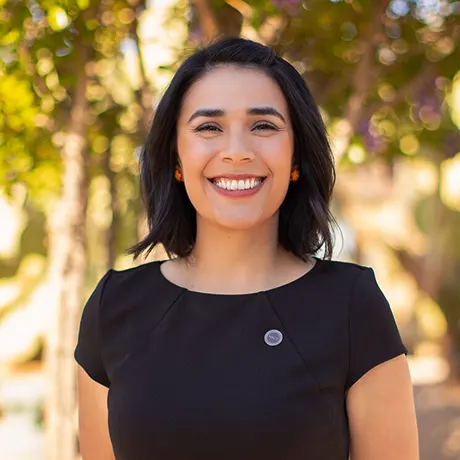
Juliana Urtubey, NBCT, MA
is the 2021 National Teacher of the Year. As a special educator, she believes all kids have a right to be included and celebrated in what she calls a “joyous and just education.”
Latest episodes
Tell us what interests you
Stay in the know
All our latest podcasts delivered right to your inbox.

